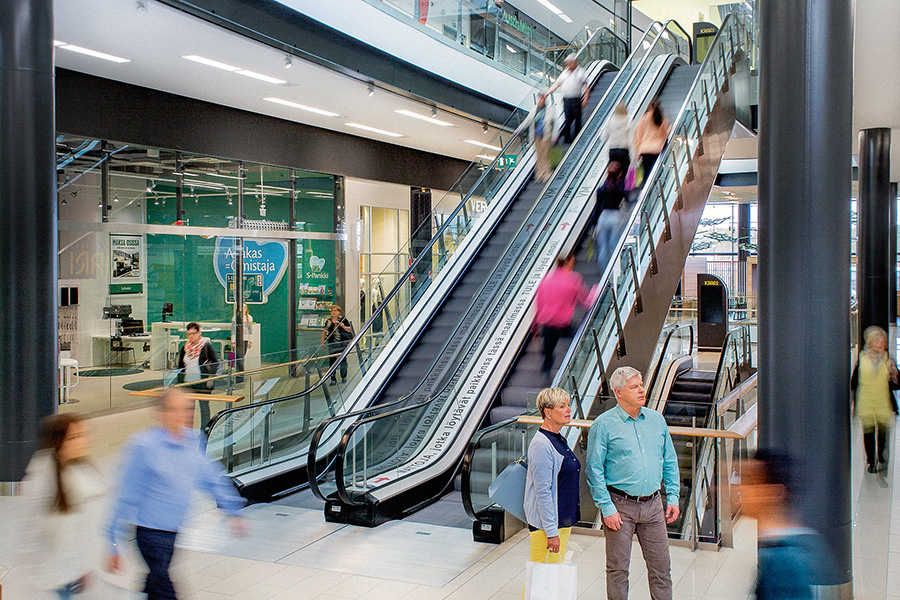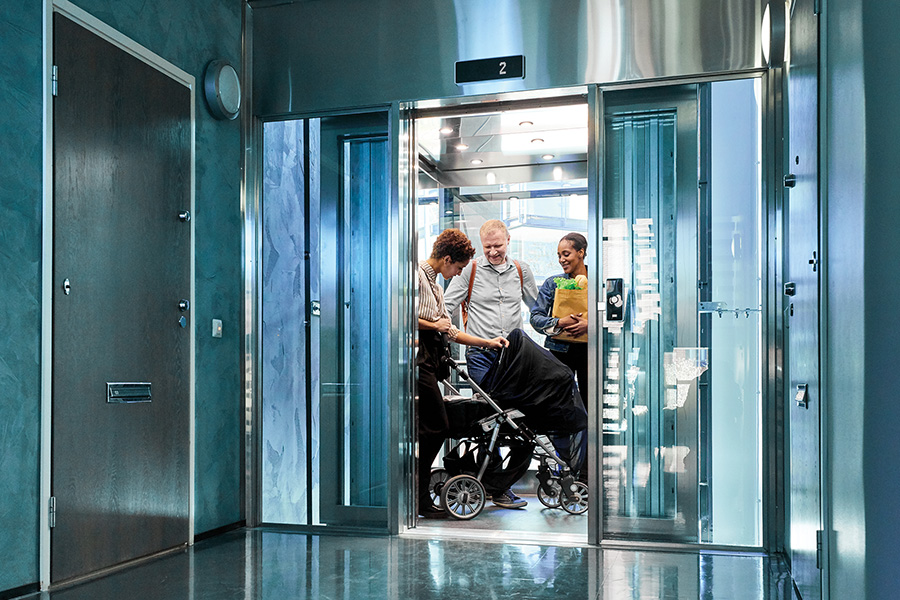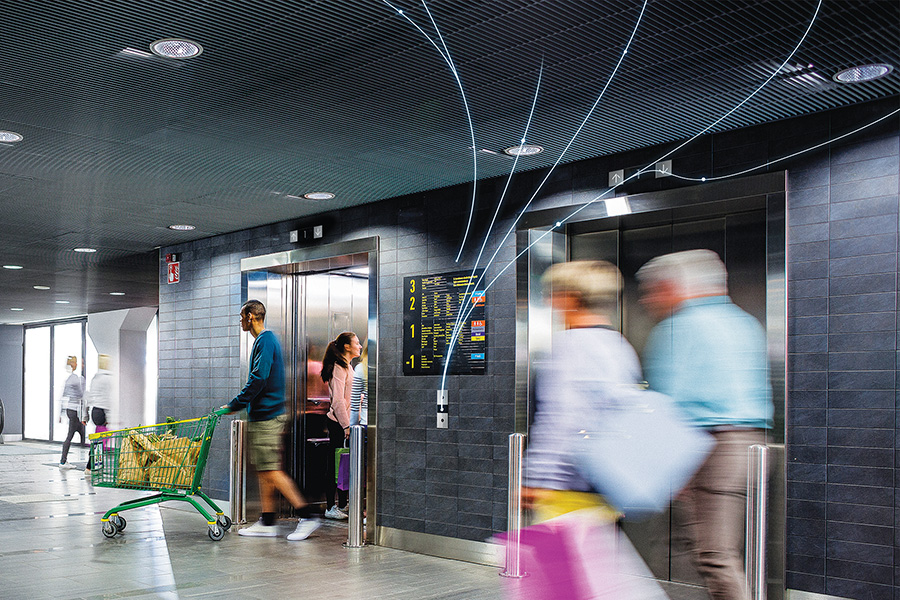Most people visiting a shopping centre they aren’t familiar with can typically expect to find their way around with the help of signage or centre directories and get through quickly and efficiently using the elevators, escalators or stairs. However, entering that same building with a disability can be an entirely different experience.
What that experience looks like can vary depending on the dedicated design measures applied by a given shopping centre. Unfortunately, it can often be quite challenging.
Many of the design practices in the building industry are aligned with the current Australian standards, which are widely considered to be the minimum standard. As such, the assumption that a building is accessible if it complies with local code is inaccurate. Entering an unfamiliar, code-compliant environment can still be daunting for people with limited mobility, visual impairments and other disabilities. These everyday challenges can often prevent people from attending shopping centres altogether.
What would a shopping centre look like if it went above and beyond the minimum standards for accessibility and took advantage of the many smart solutions now available?
There is a huge opportunity for public spaces – and specifically neighbourhood shopping centres – to elevate these standards by embracing universal design. Universal design is all about serving more people in a unified way so that they aren’t being segregated by types of use.

Delivering the best people flow experience
Technology is making the design and production of accessible shopping centres more achievable than ever. With personal tech and the built environment beginning to merge – and smart buildings dominating the landscape – the ways in which infrastructure can accommodate the needs of individual users are boundless.
The invention of the smartphone is arguably as important for blind and visually impaired people as braille was; smartphone apps present a world of opportunity.
Wayfinding apps are just one example of how digital technology is changing the accessibility in shopping centres.
Mobile app, BindiMaps, is making unfamiliar spaces more efficient for people with blind and visual impairments to navigate by connecting to a building upon entry, and using a simple audio system to describe to users where they are, what’s around them and the best way to get to their chosen destination. Using a network of Bluetooth beacons that are installed within a building, together with a sophisticated mapping and route guidance system, apps such as BindiMaps can even connect to the various facilities within a building, such as elevators, to provide visually impaired people with the confidence and independence to get themselves to their destination.

Digitally connected elevators such as the KONE DX are able to connect to robots so that they can ‘talk’ to each other
Robots are already becoming increasingly prevalent in our everyday lives. As the demand for increased efficiency and hyper-personalised experiences continues, the robotics industry shows no signs of slowing down.
Robot technology is providing solutions to deliver a cleaner environment for retail centres, and in the wake of the pandemic, with many shopping centres feeling the pressure of lockdowns and the increase in online shopping, customers’ health, comfort and overall experience are more important than ever.
The industrial cleaning robots enable automatic cleaning and disinfection solutions and can cover up to a whopping 700 to 800 metres per hour, while delivery robots can navigate a shopping centre’s busy stock rooms to deliver Click & Collect times – all while minimising human-to-human contact.
While robots have previously been limited by lifts and stairs, digitally connected elevators such as the KONE DX are able to connect to the robots so that they can ‘talk’ to each other and move around facilities without a human chaperone. The improved software and workaholic nature of a robot certainly makes for an attractive investment, even for smaller neighbourhood shopping centres.
There are plenty of ways that we can harness technology to create environments and services that are usable by everyone to the greatest extent. It’s up to shopping centre owners to take advantage of what’s out there and go above and beyond code compliance to make these urban hubs better places to live, work and shop.
This article by Ben Fowler, Business Offering Manager at KONE forms part of a special feature published in the latest edition of Shopping Centre News – Mini Guns edition.





















